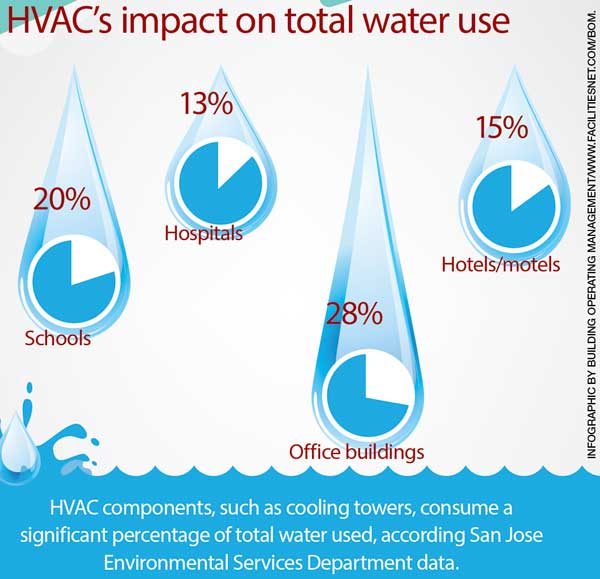Find Out How To Make Sure The Efficiency And Longevity Of Your Heatpump System By Steering Clear Of Typical Installment Blunders
Find Out How To Make Sure The Efficiency And Longevity Of Your Heatpump System By Steering Clear Of Typical Installment Blunders
Blog Article
Personnel Author-Parrish Crosby
When installing a heatpump, you must avoid common blunders that could endanger its efficiency. Overlooking appropriate sizing might result in ineffectiveness and greater utility expenses. Disregarding insulation and securing might lead to power wastefulness and strain on the unit. Additionally, positioning the outdoor unit inaccurately may impact its performance. By avoiding these mistakes, you can make sure ideal operating and sturdiness of your heat pump system.
Improper Sizing of Heat Pump
When it involves the installation of heat pumps, one of one of the most usual errors is incorrectly sizing the device for your space. Guaranteeing the best size is crucial for optimum efficiency. If the heatpump is as well small, it will certainly struggle to warmth or cool your area efficiently, leading to enhanced energy costs and potential deterioration on the unit.
On the other hand, if the heat pump is as well huge, it will cycle on and off often, triggering temperature fluctuations and decreasing its life-span.
To avoid https://www.achrnews.com/articles/144742-hvac-contractors-face-higher-prices-to-buy-operate-vehicles , it's important to have a professional assess your area and advise the appropriate size of the heatpump based upon elements like square footage, insulation, ceiling elevation, and neighborhood climate. By investing the time and effort to guarantee the proper sizing, you can appreciate a comfy atmosphere while maximizing energy performance and extending the life expectancy of your heat pump.
Inadequate Insulation and Sealing
To make certain the efficient operation of your heatpump, it's crucial to deal with inadequate insulation and sealing in your space. Proper insulation assists preserve a regular temperature inside your home, minimizing the workload on your heatpump. Inadequate insulation can bring about energy loss, making your heatpump job harder and much less effectively.
Securing any gaps or leaks in your area is equally essential. These gaps permit conditioned air to get away and outside air to leak in, forcing your heat pump to make up for the temperature level variations.
Inaccurate Placement of Outdoor Unit
Addressing the placement of your heat pump's exterior unit is crucial to maximizing its performance. Setting up the outdoor system in an incorrect area can lead to efficiency concerns and potential damages to the device.
One common blunder to stay clear of is positioning the exterior device also near to a wall or other structures. This can restrict air flow, causing the system to work more challenging to heat or cool your space, inevitably lowering its effectiveness and lifespan.
Another error to stay away from is putting the exterior unit in direct sunshine. While some sunlight is inevitable, too much exposure can bring about overheating, specifically throughout warm summer days. who installs heat pumps near me to position the outside unit in a shaded location to aid preserve its optimal operating temperature.
Moreover, see to it that the exterior device is put on a stable and degree surface area. Irregular ground can create resonances and unnecessary strain on the system, impacting its performance in time.
Verdict
Finally, avoiding typical mistakes during heatpump setup is important for taking full advantage of performance and long life of your system. By making sure appropriate sizing, sufficient insulation, sealing, and right placement of the outside system, you can protect against problems such as inefficiencies, raised energy expenses, and stress on the system. Making the effort to address these vital factors will eventually save you money and time in the long run.
